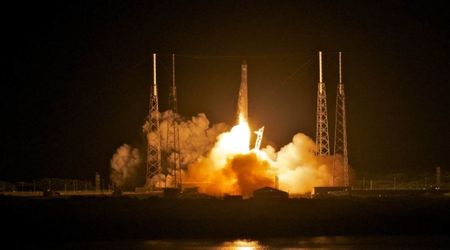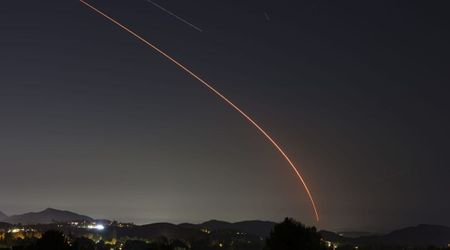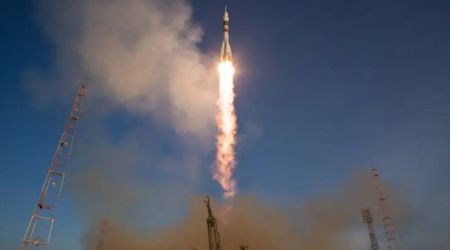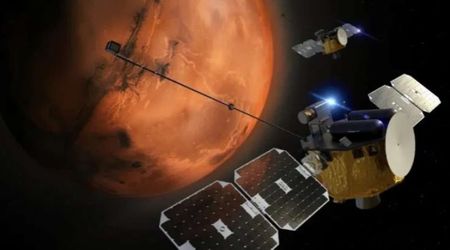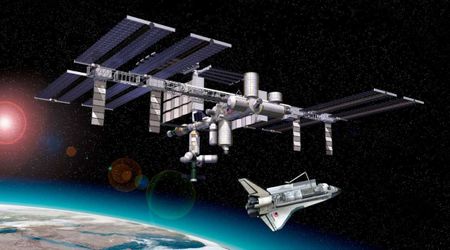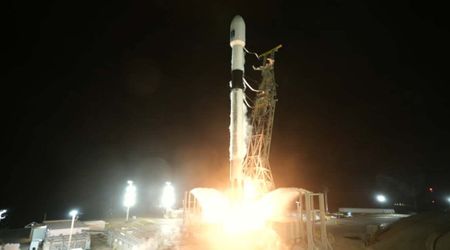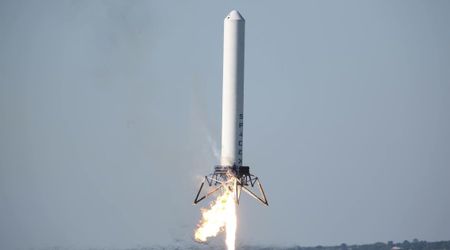SpaceX's 90th Starlink launch of 2025 sends 28 satellites to orbit from Cape Canaveral
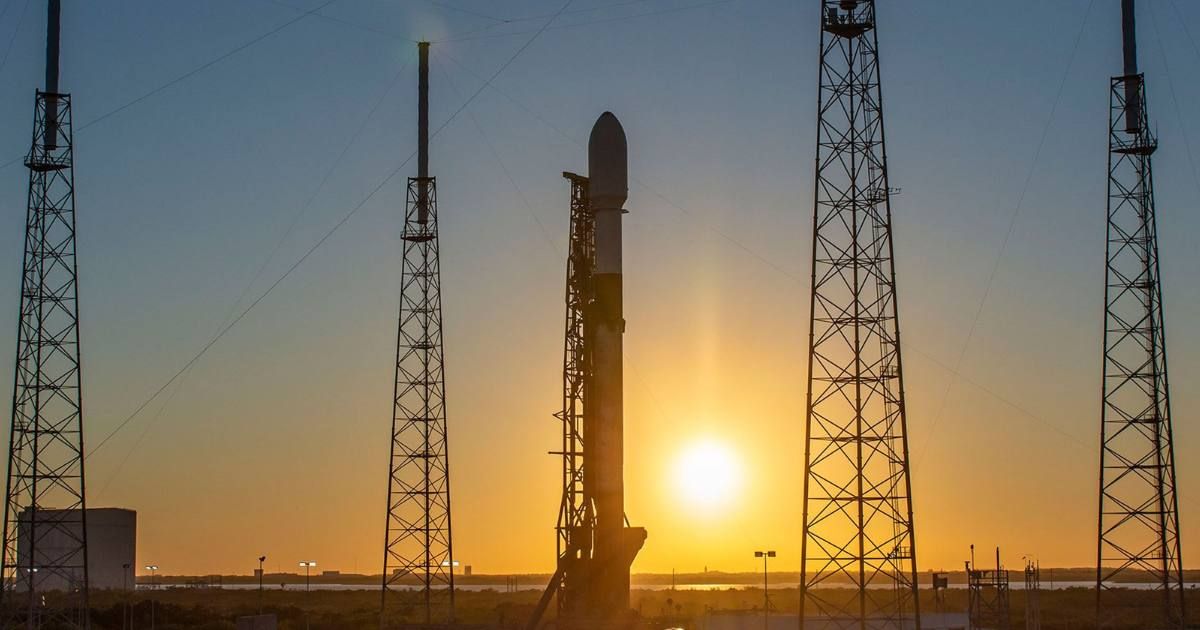
SpaceX completed its 90th Starlink deployment of the year on October 6, launching 28 satellites into low-Earth orbit. The mission lifted off at 2:46 a.m. Eastern Time from Space Launch Complex 40 (SLC-40) at Cape Canaveral Space Force Station, according to SpaceX's post on X.
Watch Falcon 9 launch 28 @Starlink satellites to orbit from Florida https://t.co/4SZ9F9yI3d
— SpaceX (@SpaceX) October 7, 2025
The Falcon 9 first-stage booster used for the operation is a veteran flight component, as per SpaceX. This marks its eighth launch and recovery, having previously supported a diverse set of missions, including a Dragon cargo resupply run (CRS-33), two separate batches of O3b mPOWER satellites, a Crew flight (Crew-10), one Bandwagon flight, and two prior Starlink missions. Following separation from the second stage, the booster will execute a successful landing on the autonomous droneship, A Shortfall of Gravitas, which is prepositioned in the Atlantic Ocean.

The latest successful mission contributes to SpaceX's near-perfect track record with its reusable workhorse rocket. The Falcon 9 series maintains an exceptional launch record, now standing at 540 successful missions out of 543 attempts since its inception, yielding a success rate of 99.45%, according to SpaceXNow. The current-generation Block 5 variant has proven even more reliable, completing 485 of 486 flights (99.79%).

For its heavy-lift capabilities, the Falcon Heavy remains flawless, with 11 out of 11 missions achieving success. Overall, the company's total orbital launch record across all vehicles sits at 557 successes from 569 attempts, representing a 97.89% success rate. The ongoing Starlink program, of which this mission is a part, now accounts for 312 of those total successful orbital flights. However, the company's next-generation Starship vehicle reflected its current testing record of 4 successes across 10 flights.

This latest deployment, designated the Starlink 10-59 mission, successfully delivered 28 additional broadband internet satellites to the rapidly expanding megaconstellation, as per Space Flight Now. Before this launch, SpaceX had already placed more than 8,500 Starlink satellites into low Earth orbit. Launch weather officers had initially cited a 65% chance of favorable weather for the launch window.
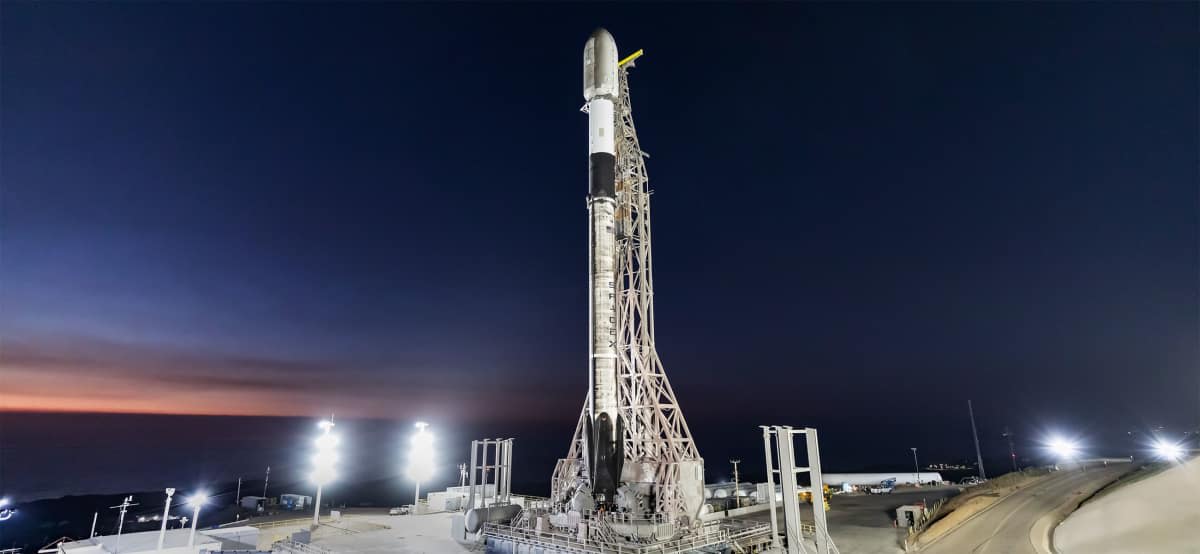
According to the 45th Weather Squadron's forecast, meteorologists' primary concerns had centered on liftoff winds and cumulus clouds. In a pre-launch statement, officials noted, “Although deep tropical moisture will likely enhance shower activity during the day, that activity should diminish by window opening, and the main concern for Tuesday morning’s launch attempt is liftoff winds, which may periodically exceed threshold.” Despite these concerns, the window of opportunity held, allowing the mission to proceed successfully.
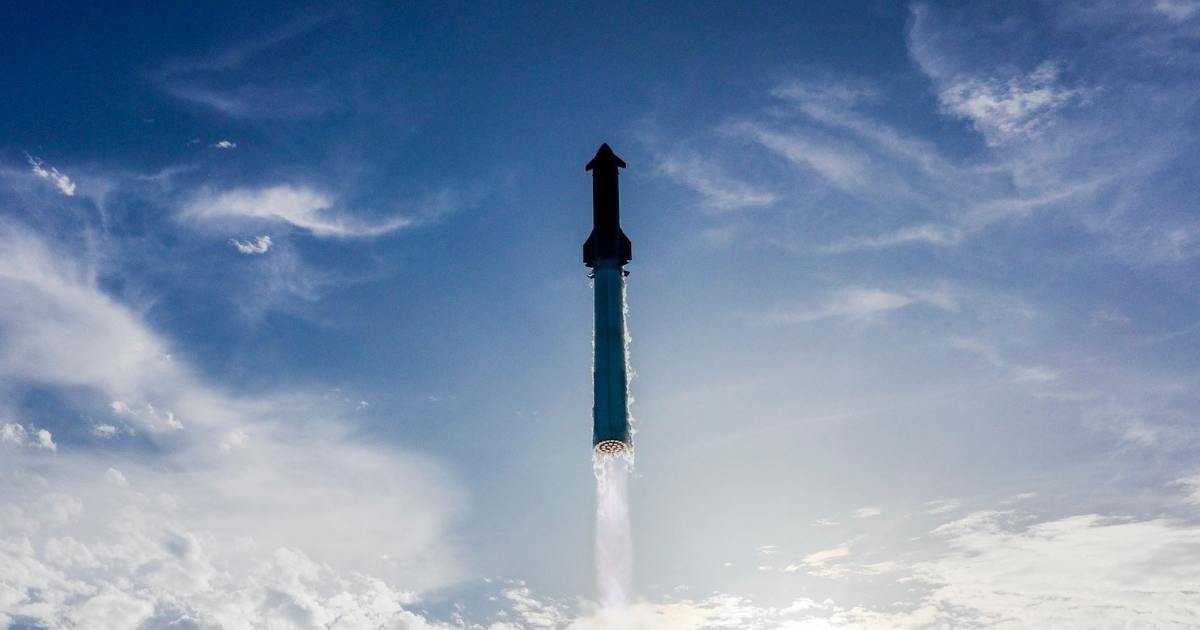
Looking ahead, the company is preparing for the eleventh integrated flight test of its next-generation Starship vehicle, with a launch target as early as Monday, October 13. The launch window is slated to open at 6:15 p.m. Central Time, according to the space company. This upcoming test aims to advance the data collection from the successful tenth flight. Key experiments include gathering information for the next-generation Super Heavy booster, subjecting Starship's heat shield to stress tests, and executing maneuvers that simulate the upper stage's final approach for an eventual return to the launch site.
Watch Starship's eleventh flight test → https://t.co/YmvmGZTV8o
— SpaceX (@SpaceX) September 29, 2025
https://t.co/zIRMX5mh9K
More on Starlust
SpaceX prepares for its third consecutive launch from Vandenberg Space Force Base on October 3
NOAA's SWFO-L1 satellite launches aboard SpaceX Falcon 9 rocket from Kennedy Space Center
